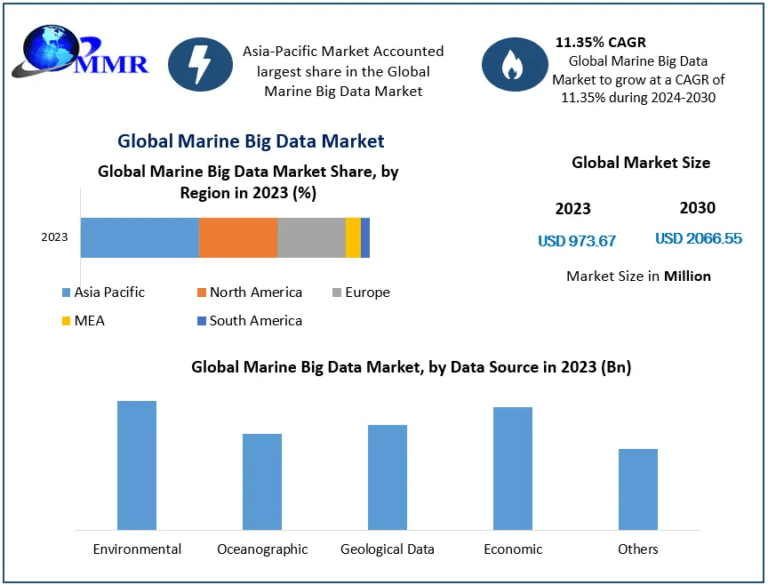Weighing your import options? Here’s what every shipper should know about choosing between Dammam’s sea port and the overland road route from neighboring borders.
The Dilemma Facing Importers
For companies bringing goods into Saudi Arabia through the Eastern Province, two main entry points are always on the table: overland trucking through the UAE-Saudi or Bahrain-Saudi borders, or shipping directly to mina port dammam. On paper, both routes promise relatively efficient access to Dammam—but in reality, timing, cost, and risk vary greatly.
With the Gulf region seeing major logistics growth, businesses in Dammam, Al Khobar, and Jubail have learned the hard way that delays at either entry point can spiral. From late-night phone calls chasing stuck trucks at the Khafji border to container bottlenecks at the port yard, the risks aren’t just frustrating—they’re expensive.
When Efficiency Turns to Headaches
Let’s say you’re a medium-sized electronics importer based in Dammam. You’ve got 12 pallets of smart TVs headed in from a factory in Guangzhou. You’re pressed for time—a retail chain in Dhahran needs inventory by the weekend. To save a day or two, you route your shipment through Jebel Ali in Dubai, then put it on a truck headed overland through the UAE-Saudi border at Ghuwaifat.
Now picture this: the shipment reaches the border but stalls. The transporter didn’t have a valid saber certificate, or maybe customs officers flagged the shipment for extra inspection. Instead of reaching Dammam in 24 hours, the truck is parked in the desert heat for three days. The retailer backs out. You eat the losses.
It’s a scenario many Dammam businesses know well. Overland transport is fast—until it isn’t. Cross-border road routes depend heavily on:
- Border traffic volumes (which spike during holidays)
- Documentation accuracy (especially custom clearance in saudi arabia requirements)
- Driver reliability and inspection procedures
And unlike port delays, which often come with scheduled timelines and better visibility, road bottlenecks are unpredictable.
Dammam’s Port Isn’t Always Smoother
On the flip side, mina port dammam comes with its own set of complications. Sea freight allows larger volume and often lower cost per unit—but it can easily get bogged down.
Ports in Saudi Arabia, including Dammam, face chronic congestion during peak shipping months. Warehouse space inside the port fills up quickly. And container clearing times fluctuate based on backlogs. Even with the right paperwork, delays of two to four days are common.
Still, for high-volume shipments with longer lead times, the port can be the better choice. It allows for advanced tracking, structured timelines, and fewer unexpected interruptions—especially when handled by professional customs agents.
Real Case: A Dammam Firm’s Logistics Pivot
Consider the case of HadiTech, a mid-sized electronics distributor based near Dammam’s 91st Street commercial zone. For years, they relied heavily on road freight from Dubai and Abu Dhabi for quick turnaround.
Last summer, during Eid, two separate shipments were delayed at the Khafji border for over 72 hours due to clerical errors and increased inspections. The goods included sensitive items like drones and smart watches, both requiring proper product registration and a valid saber certificate.
By the time customs cleared the backlog, one client’s launch event had passed. The fallout included lost revenue and a damaged relationship.
Learning from this, HadiTech began rerouting key shipments via mina port dammam with a third-party logistics provider based in the First Industrial City. The result? A 15% drop in transit delays over six months and greater reliability for high-value deliveries. While sea shipping took longer on paper, it proved more consistent when paired with local warehousing.
Choosing the Right Entry Route
The right route depends on your product type, urgency, and the strength of your logistics partners. Here’s how to weigh your options:
Choose road entry when:
- Time is critical and volumes are small
- You have trusted transport partners
- Documentation is confirmed well in advance
Choose sea freight when:
- Shipments are large or high-value
- You want stronger control over tracking and warehousing
- You’re willing to trade speed for consistency
Also consider peak seasons—Ramadan, Eid, and year-end periods often disrupt both road and port systems.
Final Thoughts: Plan Smarter, Not Just Faster
Whether you’re importing electronics, clothing, or industrial tools, choosing between road and sea isn’t just about how fast you can move. It’s about how well you can control the outcome. Many Dammam-based firms are shifting strategies to focus on predictability and visibility, not just speed.
One thing is clear: even the most efficient route can become a trap without strong planning, proper documentation, and the right logistics partners.
Need help sorting out customs paperwork, permits, or border requirements? Reach out to our expert team today. We can help ensure your shipments arrive on time and without costly surprises.
📱 966558959205














